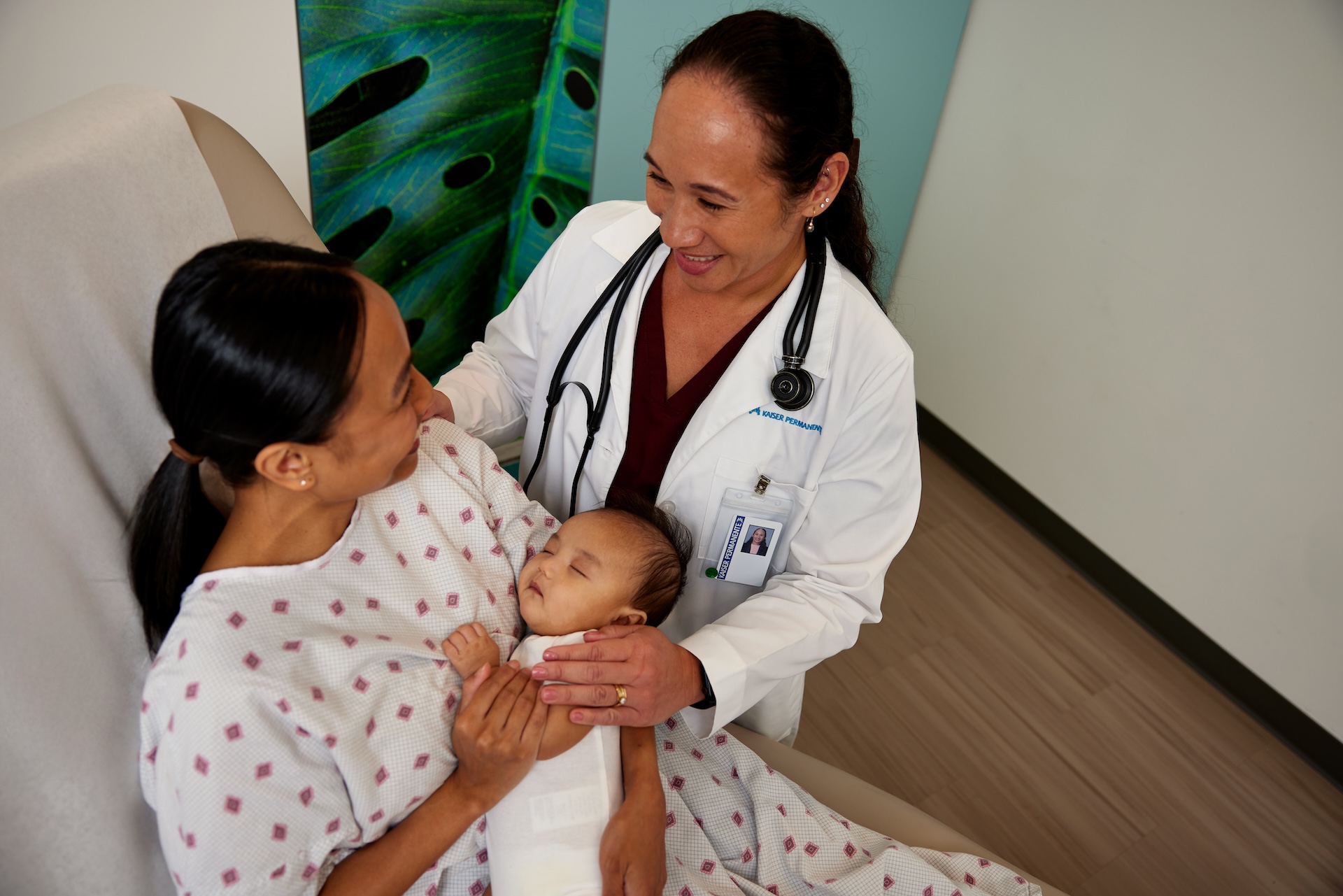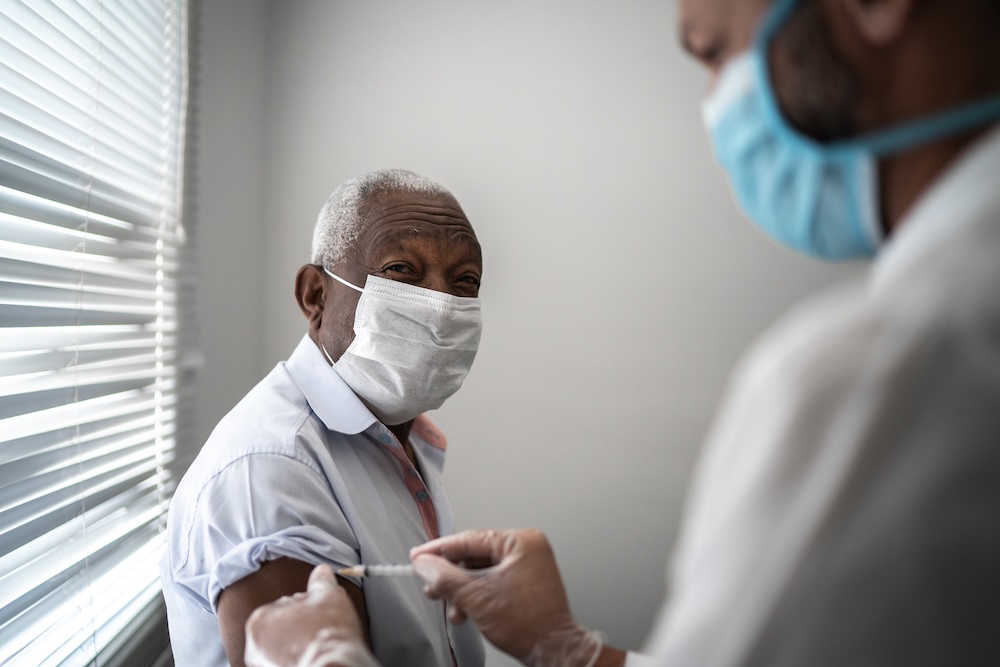New maternal vaccine and preventive treatment in newborns reached most babies delivered by Kaiser Permanente Northern California during the 2023/2024 RSV season
Nearly 80% of infants born at Kaiser Permanente Northern California in late 2023 and early 2024 received protection from the respiratory syncytial virus (RSV) from one of 2 new methods, according to a new study published in JAMA Network Open.
The study examined use of the RSVpreF vaccine in mothers late in their pregnancies and the use of nirsevimab in infants. The analysis covered 17,251 births between October 2023 and March 2024.

“That is pretty high uptake, particularly since these methods are fairly new,” said lead author Karen Jacobson, MD, MPH, a research scientist with the Kaiser Permanente Division of Research. “This widespread use of the new vaccine during pregnancy and preventive treatment for infants may be because doctors and parents are worried about RSV in young infants. RSV is the number one cause of hospitalization for children under a year old.”
RSVpreF vaccine is given to mothers late in pregnancy (32 to 36 weeks gestation), while nirsevimab is given to infants under 8 months old. It is usually given to babies whose mothers did not have the vaccine in pregnancy or received it within 2 weeks of giving birth. Nirsevimab is a monoclonal antibody treatment, not a vaccine.
Of the 17,251 infants studied, 77.5% received protection from either RSVpreF vaccine or nirsevimab. Most of those receiving nirsevimab got it in the first 2 weeks of life.
There were some differences in receipt of maternal vaccination by age and by race or ethnicity: 26.4% of pregnant patients aged 15 to 24 received the vaccine, compared with 35.4% of those aged 30 to 34. A quarter (25.4%) of Black infants had a mother who received the vaccine, compared with 40.9% of Asian babies, 33.4% of white babies, and 29.9% of Hispanic babies.
However, the study found similar rates of nirsevimab administration across races and ethnicities, with rates slightly higher in Black and Hispanic babies.
This suggests the combination of the two approaches may help mitigate disparities, said senior author Nicola Klein, MD, PhD, director of the Kaiser Permanente Vaccine Study Center. “This study highlights that access to both preventative methods results in large numbers of infants being protected from RSV,” Klein said.
Of the minority of babies who did not receive protection from either method, 30% were Black, 28% white, 24% Hispanic, and 13% Asian.

Though most infants only need one method of protection, a small subset of infants (2.7%) were exposed to both treatments. These infants were more likely to be medically fragile (born preterm or admitted to the neonatal intensive care unit) or be born within 2 weeks of their mothers being vaccinated with RSVpreF, which would be before maternal antibodies could offer protection to their infant via transfer through the placenta.
The researchers noted that KPNC had adequate supply of both the vaccine and nirsevimab during the 2023 RSV season, when there were shortages reported in other geographic areas and health systems.
Vaccine Study Center researchers are also examining the effectiveness of the RSVpreF vaccine and of nirsevimab, and plan to compare the two approaches to see which provides longer protection, Jacobson said. “It’s nice to see people excited about this as a way to reduce illness in infants,” she said.
Additional co-authors were Andrew Watson, MS, MA, Maqdooda Merchant, MSc, Bruce Fireman, MA, and Ousseny Zerbo, PhD, all of the Division of Research.
# # #
About the Kaiser Permanente Division of Research
The Kaiser Permanente Division of Research conducts, publishes and disseminates epidemiologic and health services research to improve the health and medical care of Kaiser Permanente members and society at large. It seeks to understand the determinants of illness and well-being, and to improve the quality and cost-effectiveness of health care. Currently, DOR’s 600-plus staff is working on more than 450 epidemiological and health services research projects. For more information, visit divisionofresearch.kaiserpermanente.org or follow us @KPDOR.





Comments (0)